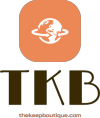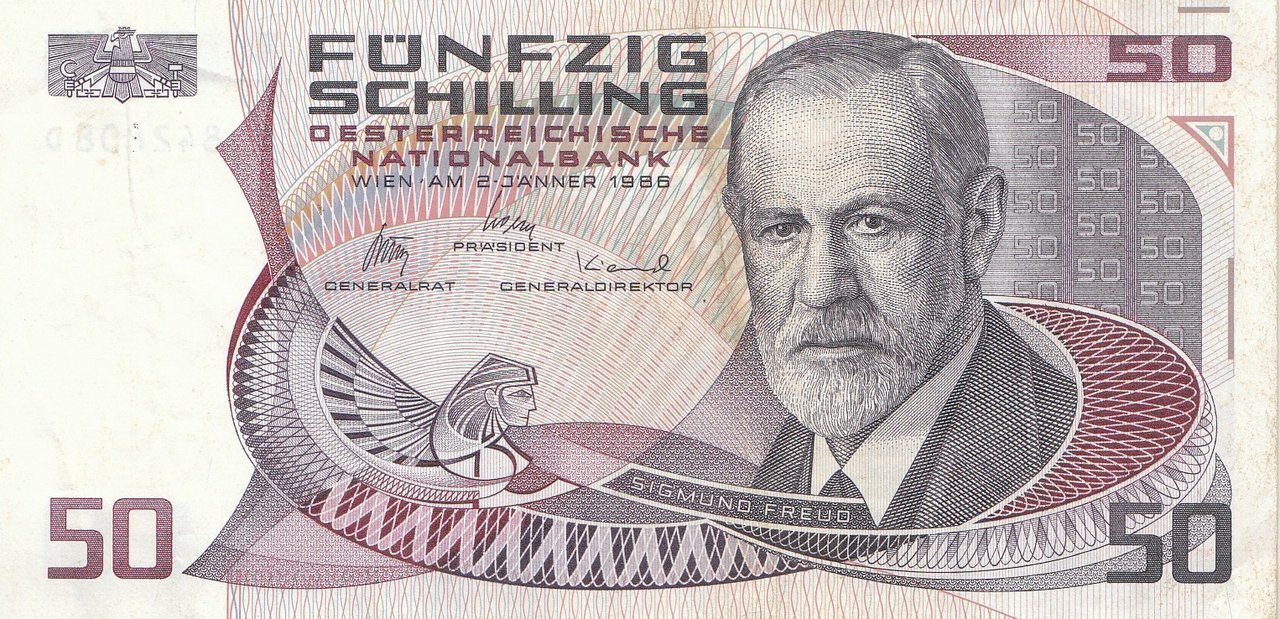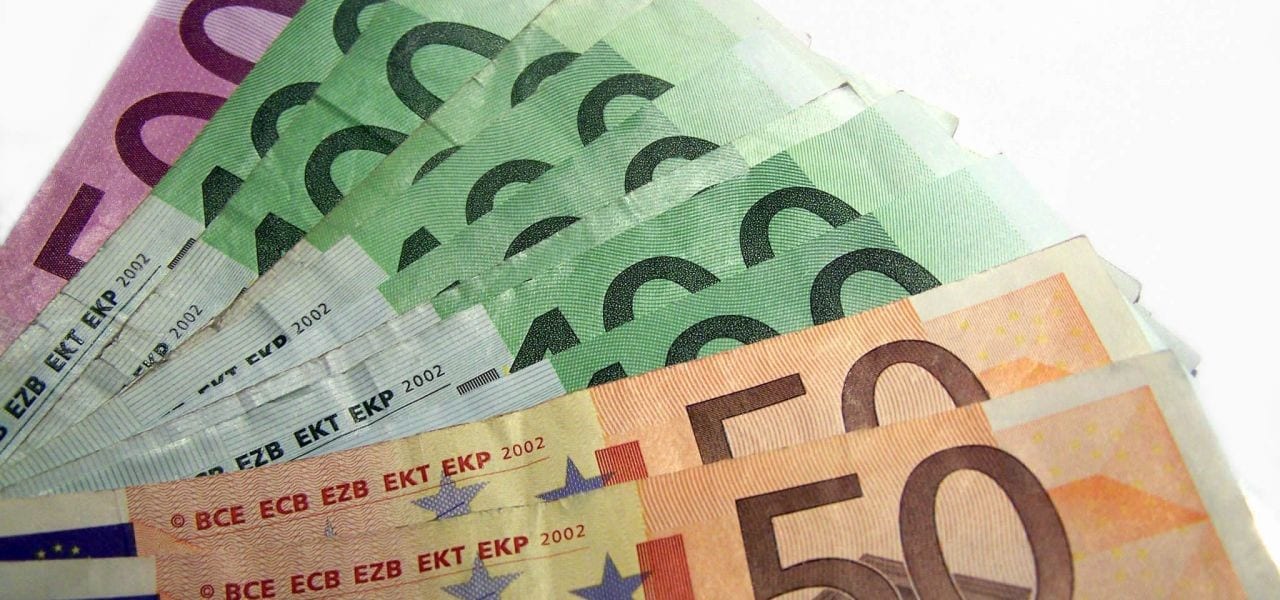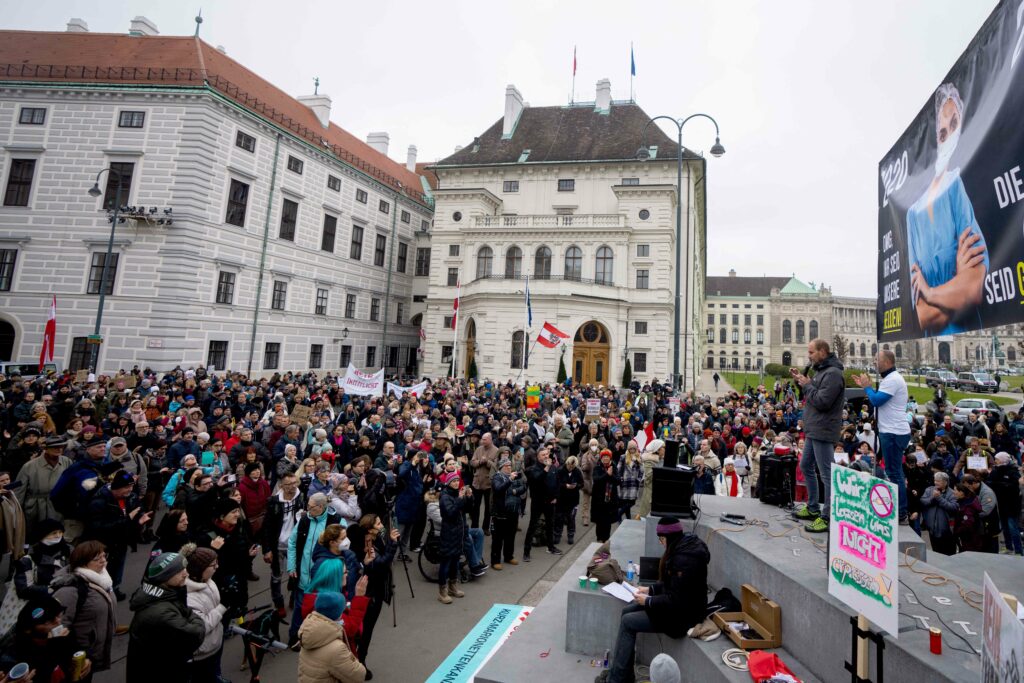Introduction to Austrian Currency
Austria, a country known for its rich history, stunning landscapes, and cultural heritage, uses the Euro (€) as its official currency. The Euro, abbreviated as EUR, is the same currency used by 19 of the 27 European Union (EU) countries, collectively known as the Eurozone. Austria adopted the Euro in 2002, replacing the Austrian Schilling (ATS).
History of Austrian Currency
Pre-Euro Era
Before adopting the Euro, Austria’s currency was the Austrian Schilling. The Schilling was introduced in 1924, replacing the Austrian Krone. The Schilling was briefly replaced by the Reichsmark during the German annexation (1938-1945) but was reintroduced after World War II.
Transition to the Euro
Austria joined the European Union in 1995 and became part of the Eurozone in 1999. The Euro was initially introduced for electronic transactions and accounting purposes, with physical Euro coins and banknotes coming into circulation on January 1, 2002.
The Euro: Austria’s Current Currency
Euro Banknotes and Coins
The Euro is divided into 100 cents. The Euro banknotes are identical across all Eurozone countries, featuring bridges and arches from different architectural periods in Europe. The coins have a common reverse side, while the obverse side has national designs unique to each country.
Banknotes
- €5: Grey
- €10: Red
- €20: Blue
- €50: Orange
- €100: Green
- €200: Yellow
- €500: Purple (rarely used and no longer issued)
Coins
- 1, 2, 5, 10, 20, 50 cents
- €1 and €2
Exchange Rates and Conversion
The exchange rate between the Euro and other currencies fluctuates based on market conditions. For up-to-date conversion rates, refer to the European Central Bank (ECB) or reliable financial news sources.
Fun and Interesting Facts
- The €2 coin is often used for commemorative designs in Austria, celebrating significant national events and historical figures.
- The Austrian €1 coin features an image of Wolfgang Amadeus Mozart, one of Austria’s most famous composers.
Using Currency in Austria
Currency Exchange
Currency exchange services are widely available in Austria, especially in airports, major train stations, and city centers. Banks and dedicated exchange bureaus offer competitive rates. It’s advisable to compare rates and fees before exchanging money.
Payment Methods
Austria is well-equipped for cashless payments. Credit and debit cards are widely accepted, especially Visa and MasterCard. However, smaller establishments, particularly in rural areas, may prefer cash.
ATMs and Banking
ATMs (Geldautomaten) are ubiquitous in Austria, offering 24/7 access to cash withdrawals. Most ATMs accept international cards. Austrian banks, such as Erste Bank, Raiffeisen Bank, and Bank Austria, provide comprehensive banking services to locals and visitors.
Commonly Asked Questions About Austrian Currency
What currency did Austria use before the Euro?
Before the Euro, Austria used the Austrian Schilling (ATS), which was replaced by the Euro in 2002.
Is it better to use cash or card in Austria?
Both cash and card are widely accepted in Austria. In urban areas, cards are commonly used, while cash might be preferred in rural areas and smaller establishments.
Are there any restrictions on bringing currency into Austria?
There are no specific restrictions on bringing currency into Austria, but amounts exceeding €10,000 must be declared to customs upon entry.
Can I use traveler’s checks in Austria?
Traveler’s checks are not widely accepted in Austria and are generally considered outdated. It’s better to rely on credit/debit cards and cash.
What is Austria’s currency called?
Austria’s currency is called the Euro, abbreviated as EUR and symbolized by €.
What is the most common currency in Austria?
The most common currency in Austria is the Euro (€), used for all transactions within the country.
What is the official money spent in Austria?
The official money spent in Austria is the Euro (€), which is used for all forms of financial transactions.
Is cash used in Austria?
Yes, cash is widely used in Austria, especially in smaller towns and rural areas. However, in urban areas and larger establishments, card payments are also very common.
What payment method is used in Austria?
Austria uses a variety of payment methods including cash, credit cards, and debit cards. Major credit cards such as Visa and MasterCard are widely accepted, along with contactless payments and mobile payment options.
Is euro currency accepted in Austria?
Yes, the Euro (€) is the official and accepted currency in Austria.
What is leftover currency in Austria?
Leftover currency in Austria would refer to any remaining Euros (€) that a traveler has after their visit. This can be kept for future trips, exchanged back into their home currency, or donated to charity.
Where does Austria get its money?
Austria’s economy is driven by a diverse range of sectors including manufacturing, tourism, financial services, and agriculture. The country generates revenue through taxes, exports, and various industries, contributing to its GDP.
Conclusion
Austria’s currency system, centered around the Euro, is well-integrated with the broader European financial landscape. Understanding the history, usage, and practical aspects of the Euro in Austria can enhance your travel experience and financial transactions in the country. For the most accurate and up-to-date information, refer to official sources such as the European Central Bank and Austria’s financial institutions.
- Cities And Towns In Yuma County, Arizona - September 18, 2024
- Cities And Towns In Stone County, Arkansas - September 16, 2024
- Cities And Towns In San Miguel County, Colorado - September 15, 2024









